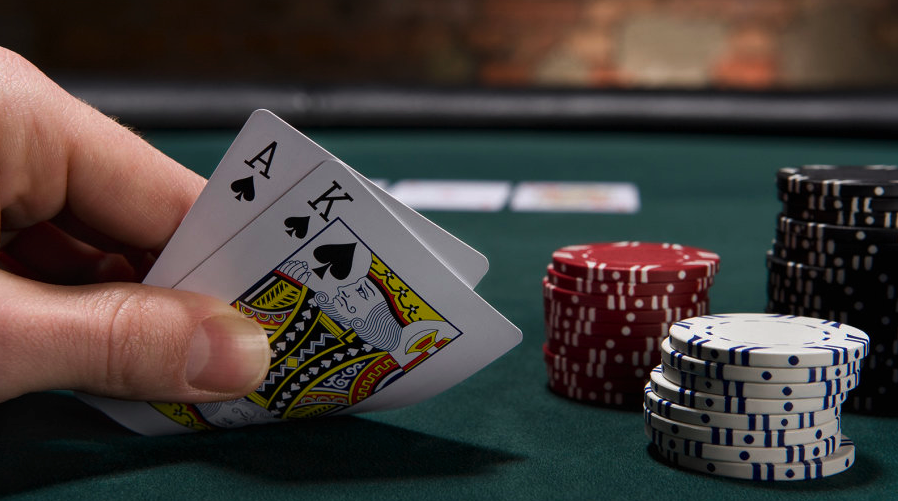As the mobile and social world continues to boom, the game and app market has shown substantial growth. This is the result of the smartphone, tablet, and other devices transforming from devices of communication to all-inclusive minicomputers which can not only be used for communication but for a conduit for entertainment and user engagement. 3D content in games and applications has become the standard. For those which are venturing out into the gaming market, the process of getting the idea from the paper to actual production may be a bit frustrating, especially if the studio is a sole proprietary or small studio with a limited budget for producing the game. Yet, there are options available for the novice and small company which maximizes production, minimizes overhead, and gets your game to the public sooner.
Use Cryengine or Unreal for environments
Where there are a number of programs out there to help you with the coding of the game, many of these options lack the ability to help with the quick production of gaming environments apart from Cry Engine and Unreal. Major games such as Batman: Arkham Asylum have used the unreal platform to create the base setting for their game. For the novice to the game industry, using the platform is ideal as you can test the user’s experience as you model. Both software programs provide their own set of pros and cons to the modeling. At their core I find that:
Unreal is best for grunge looks and interiors – If you look at the game software produced by Unreal, especially the Unreal Tournament series, you will note that there is a very grungy look that is catered to by the platform. Exterior scenes, such as those used in the Batman series, have an industrial look. There are not too many organics.
Cry Engine is best for organics and exteriors – The trees and organics of Cry Engine are ideal for first person games which focus on organic environments. What makes the program ideal for the game developer is that typography maps can be used (through black and white contour conversion in Photoshop) to create the terrain.
Both programs allow for integration of foreign 3D objects into the scene. This maximizes the efficiency of the game development as shifting between multiple 3d programs is then made superfluous. Of course, you do have to take licensing into consideration when using the software, but when weighed against the cost of producing everything from scratch in 3Ds max or Maya (plus the cost of that software and licensing chairs) you end up saving money.
Use purchased 3d Models when you can
Creating a 3d game entails a great deal of objects which most user’s overlook but which are critical to the game. A racing game would be dull and not believable if the environment was just a road. Trees, other cars, people, light poles, and such add to the experience. And while these components are needed, they are also a pain to model out individually. If it takes a modeler 1 hour to model out a supporting 3d object and there are only 50 supporting elements (which in most cases you will have hundreds in a good game), then you are still at a loss of 2 days not including the programing time. However, if you use a 3D model than the modeling time is eliminated and the only thing that remains is integration of the model into the game. For background 3d models and supporting characters in the game, there will be little if no manipulation needed. For objects used for the primary purpose of the game it would be beneficial to optimize the model to your needs and gaming vision.
Get models that are already rigged
Texturing and rigging takes some time and a great deal of experience to make the character convincing. Those which have an idea for a game but lack the experience in rigging and texturing can use a pre-rigged character in their game. Again, you may have to tweak the model to meet your branding and game idea, but the time that you allocate to the bone structure, weights, and typical rigging issues such as pinches and morphing issues, is minimized.
Don’t go overboard with the game
Game development is an evolving process which can quickly become a snowball effect if the development team is not careful. Keep your game process and production simple. When 3D models can be used, use them. However, you will want to add your own elements. By coupling your models with the models, software, and generators which are available, your game development production pipeline will experience a quicker flow and quicker debut, which is the final goal of any game development.














